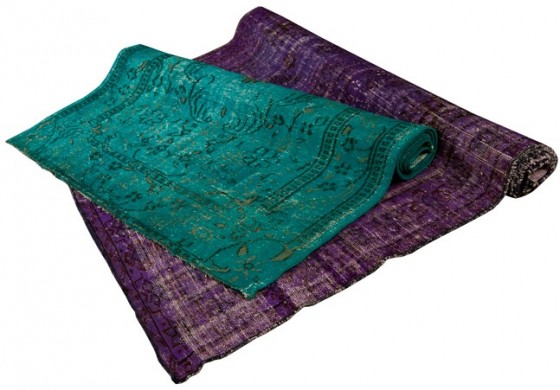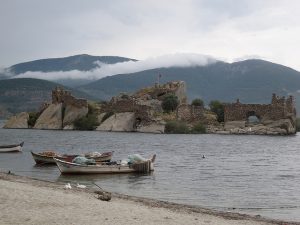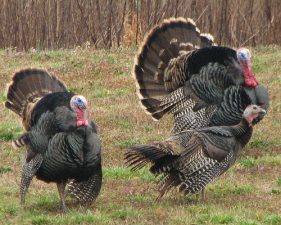 What’s almost as good as a Persian or Turkish Rug? An old one given new life with special dye.
What’s almost as good as a Persian or Turkish Rug? An old one given new life with special dye.
In addition to oil, Iran has a commodity that no one needs to fight about: carpets. According to the Financial Times, in 2008, that country’s exports accounted for 30% of the world market. A staggering number of people rely on carpet-making for their livelihood: 1.2 million weavers craft 5 million square miles of carpet each year. (Learn how to green clean your carpet.) Unlike is some places, where a Persian or Turkish rug is merely a fancy decoration that hardly gets used, carpets in the Middle East are functional. (The Solaris carpet can even generate energy!) As such, they get worn to the bone, so to speak. Instead of letting them go, a Canadian company, ELTE, gives them a second life.
Treehugger saw the rugs at Toronto’s interior design show, where it is said designers are tripping over one another trying to produce the greenest products. ELTE especially caught the blogger’s attention with their SECOND LIFE rugs.

The family-run business scoops up rugs otherwise headed for the landfill. They then “scrape them down” or sand-washed and reinvigorate their former color with oil-based dyes. Many are up to 100 years old and range in price from $500 to $2500, depending on the size.
Not all of the rugs can be fully salvaged. Those that are beyond help are instead cut up into blocks and re-purposed as patchwork rugs. No one could argue that the rugs will ever achieve their former glory, but it’s a fine way to pay their respects to the artists who originally crafted them.
ELTE has made other strides to lower the carbon footprint. Their “Nature’s Carpets” are made from 100% wool – a renewable resource according to their website (this could probably be debated, but we’ll let it go for now), with jute backing.
They also sell what are called “Organic” Persian Rugs. This word has morphed so much since “organic food” came into being, we’re not sure what it means anymore. As applied to the rugs, however, they are all hand-knotted in Persian villages with hand-spun wool and use only natural dyes. Products used to create the dyes include walnuts, pomegranate skins, and vine leaves, and madder roots.
All in-store transactions are paperless, only degradable bags are used, and even the business cards are printed on Forest Stewardship Council (FSC) paper. And everything is recycled.
:: Treehugger
More Fashion and Design ideas from the Middle East:
Eco-Hijabs On The Rise: What Muslim Fashion Bloggers Have To Contribute
Israel, Iran Take Top 2 Endangered Species Design Prizes
TreeShirt Brings Graphic Tees And Planted Trees To Lebanon



